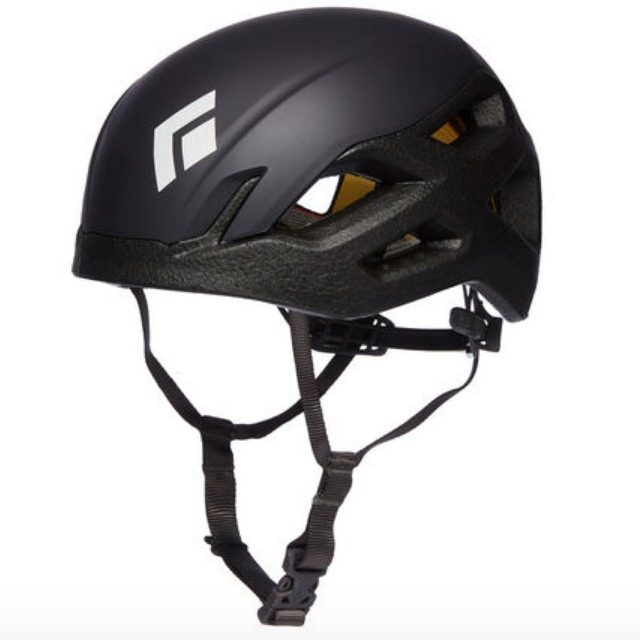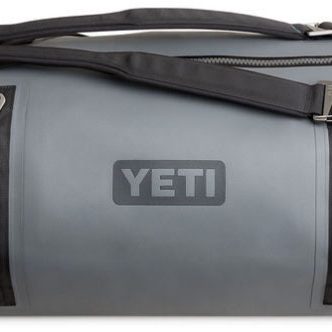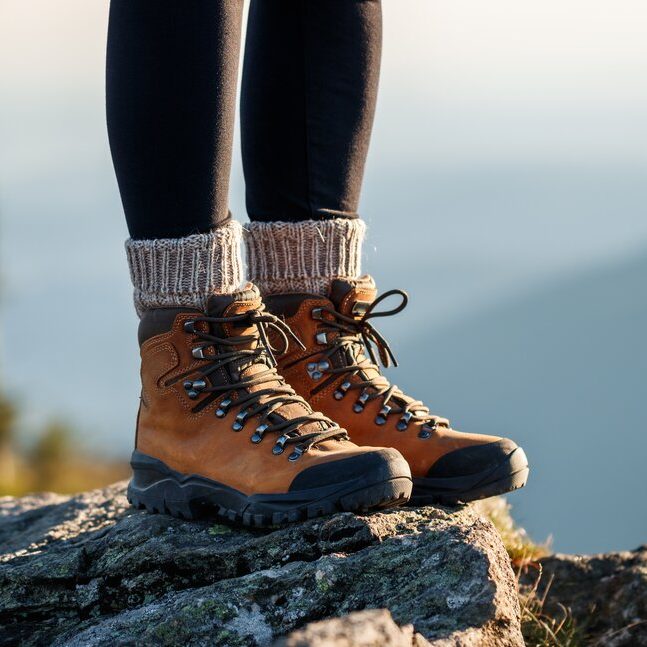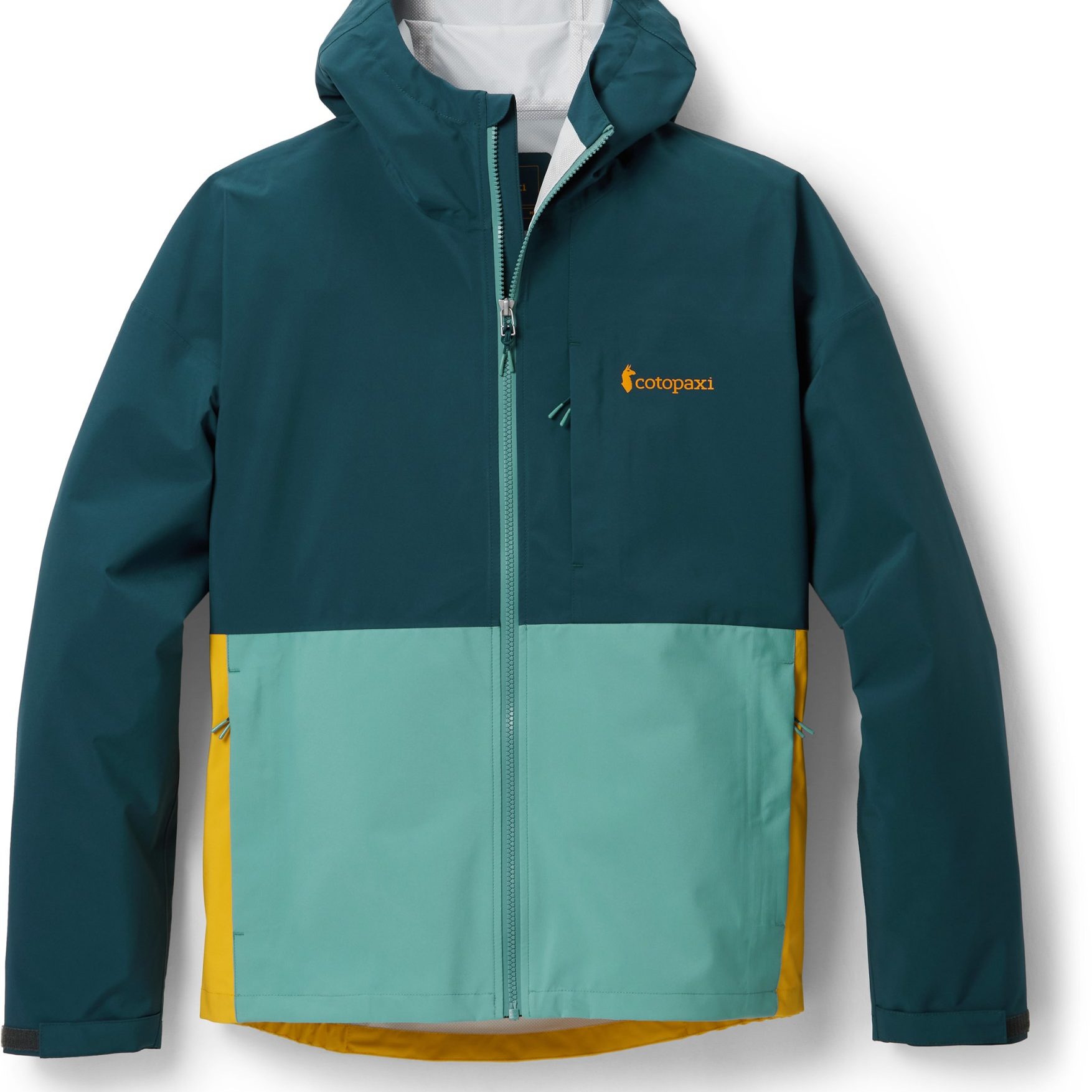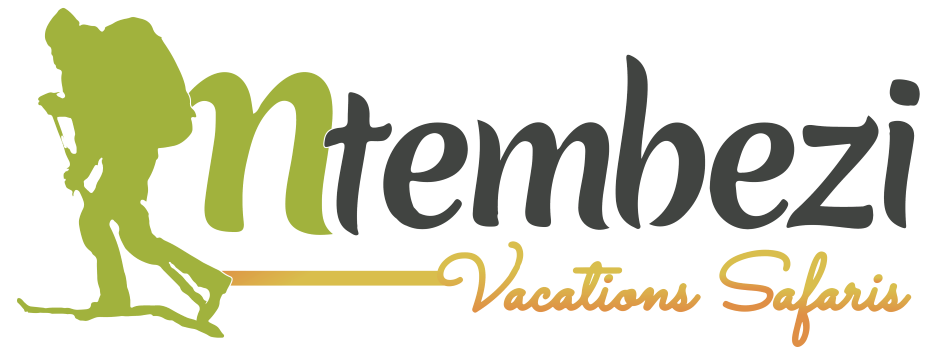Kilimanjaro Climbing Packing List Guide: Gear for Summit Success
Conquering Mount Kilimanjaro is a once-in-a-lifetime adventure, and packing the right gear is crucial for both comfort and success. This Kilimanjaro climbing packing list will guide you through the essentials needed for a smooth and successful summit attempt.
Essential Equipment
Trekking Poles
- Why You Need Them: Provide stability on uneven terrain and relieve pressure on your knees during descents.
- What to Look For: Lightweight, durable, and adjustable poles. Collapsible options are ideal for easy storage.
- Pro Tip: Practice using trekking poles before your climb to get comfortable with them.
Sleeping Mat
- Purpose: Offers insulation and comfort on cold ground.
- Selection Tip: Choose a lightweight, insulated mat that fits easily into your duffel bag.
Backpack (35-50 Liters)
- Features: Look for internal frames, padded straps, sternum support, and a suspended mesh back for ventilation.
- Hydration Compatibility: A built-in hydration system is highly recommended.
- Rain Protection: Ensure a rain cover is included or purchase one separately.
Dry Bags
- Usage: Organize your gear and protect it from moisture.
- Eco-Tip: As plastic bags are banned in Tanzania, reusable dry bags are necessary.
Sleeping Bag
- Features: A four-season, down-filled sleeping bag rated for -20°C (-4°F).
- Shape Matters: Opt for a mummy-shaped bag for better heat retention.
- Rental Option: Some operators offer rental sleeping bags; check their warmth suitability.
Duffel Bag (65-100 Liters)
- Specifications: Waterproof, soft-sided, and durable, with a weight limit of 14 kg (31 lbs) to comply with porter regulations.
Hydration Pack & Water Bottles
- Hydration Pack: A 2-3 litre water bladder with an insulated hose to prevent freezing.
- Water Bottles: At least one sturdy bottle with a secure lid, useful when the hydration pack hose freezes.
- Hydration Tip: Drink water regularly to prevent altitude sickness.
Clothing Layers for Kilimanjaro Climbing
Layering is key to adapting to the varied climates of Mount Kilimanjaro, from tropical rainforests to freezing summit temperatures.
Hiking Boots
- Importance: Comfortable, waterproof, and broken-in boots are crucial. Ensure they offer ankle support and have non-slip soles.
- Material: Leather is durable, while Gore-Tex and other synthetic options are lighter and easier to break in.
Camp Shoes
- Purpose: Lightweight shoes for relaxing at camp after a long day of hiking.
Base Layers
- Thermal Tops & Leggings: Moisture-wicking materials like merino wool or synthetic fabrics.
- Underwear: Quick-drying, breathable sports underwear is ideal.
Toiletries & Personal Items
- Toilet Paper & Wet Wipes: Wet wipes are essential since showers aren’t available on the mountain.
- Sunscreen (SPF 30+): Protect against high-altitude UV rays.
- First Aid Kit: Include blister plasters, antiseptic wipes, painkillers, and personal medications.
Miscellaneous Gear
- Headlamp with Extra Batteries: Essential for early morning hikes and navigating campsites at night.
- Snacks: High-energy options like nuts, energy bars, and dried fruit to maintain energy.
- Documents & Cash: Carry your passport, visa, travel insurance details, and cash for tips or unexpected expenses.
Outerwear for Kilimanjaro Climbing
- Insulated Winter Jacket: Lightweight but highly insulated, ensuring warmth without bulk.
- Waterproof Jacket & Pants: Essential for protection from wind and rain. Look for breathable materials with sealed seams.
- Gaiters: Prevent mud, snow, and debris from entering your boots.
Accessories for High Altitude
- Sunglasses: Polarized lenses protect against UV rays and snow glare.
- Gloves & Liners: Insulated gloves for warmth, with liners for extra protection.
- Sun Hat & Beanie: A wide-brimmed hat for sun protection and a beanie for warmth at higher altitudes.
Training and Preparation
- Physical Training: Focus on cardio, strength training, and practice hikes with a fully packed backpack.
- Mental Preparation: The climb is as much a mental challenge as a physical one. Stay positive and motivated.
Environmental Responsibility
- Leave No Trace: Follow ethical trekking practices by minimizing waste and respecting the natural environment.
- Comply with Tanzania’s Plastic Ban: Use reusable bags to adhere to local regulations.
Complete Guide to Renting Climbing Gear for Mount Kilimanjaro
Can You Rent Climbing Gear in Tanzania?
Yes! You can easily rent climbing gear for Kilimanjaro in Tanzania. Moshi and Arusha are home to several rental shops, and most trekking operators offer rental services. From sleeping bags to trekking poles, you’ll find the essential items needed for a successful climb without having to purchase them.
Do Trekking Operators Provide Gear for Climbing Kilimanjaro?
Most reputable operators include tents in their packages, and many provide rental options for essential items like sleeping bags and mats. This can save you the hassle and cost of purchasing expensive gear, particularly for short-term use. Always check with your operator beforehand to see what’s included.
What Items Can You Rent for Climbing Mt. Kilimanjaro?
While most gear can be rented, the selection and quality vary, so it’s worth checking with your tour operator in advance. Essential rental items include:
- Sleeping Bags: Ensure it’s rated for low temperatures (-20°C or lower).
- Trekking Poles: Highly recommended for stability on rough terrain.
- Layered Clothing: While base layers and boots should be your own, items like jackets can be rented.
- Duffel Bags: Most operators provide them for porter use.
What Items Should You Bring?
While many items can be rented, it’s best to bring well-fitted hiking boots, as breaking in rental boots may lead to discomfort. Also, bring personal items like thermal base layers, underwear, and a beanie for summit night.
Extra Gear to Enhance Your Kilimanjaro Trek
While not essential, these items can significantly improve your trek:
- Power Banks: Keep your phone charged for navigation and photos.
- Toiletries: Wet wipes and dry shampoo are great alternatives to showers.
- Entertainment: A book or deck of cards can help pass the time at camp.
Do You Need to Bring Your Tent and Camping Gear?
No. Tour operators provide high-quality tents and camping equipment. You won’t need to carry your own, allowing you to pack lighter and focus on your trek.
Specific Gear for the Western Breach Route
For those taking the Western Breach route, additional gear may be required:
- Climbing Helmet: Essential for protection against rockfall.
- Ice Axe & Crampons: These may be needed during icy conditions, especially in the wet season.
Consult our tour agents for specific recommendations based on the current route conditions.
Conclusion
Packing the right gear for Kilimanjaro is essential for a safe and enjoyable trek. Whether you’re renting or bringing your items, following this Kilimanjaro climbing packing list ensures that you’re fully prepared for the adventure. Proper preparation, both physically and mentally, increases your chances of summiting Africa’s highest peak. Start planning now, and make your Kilimanjaro adventure a reality!
